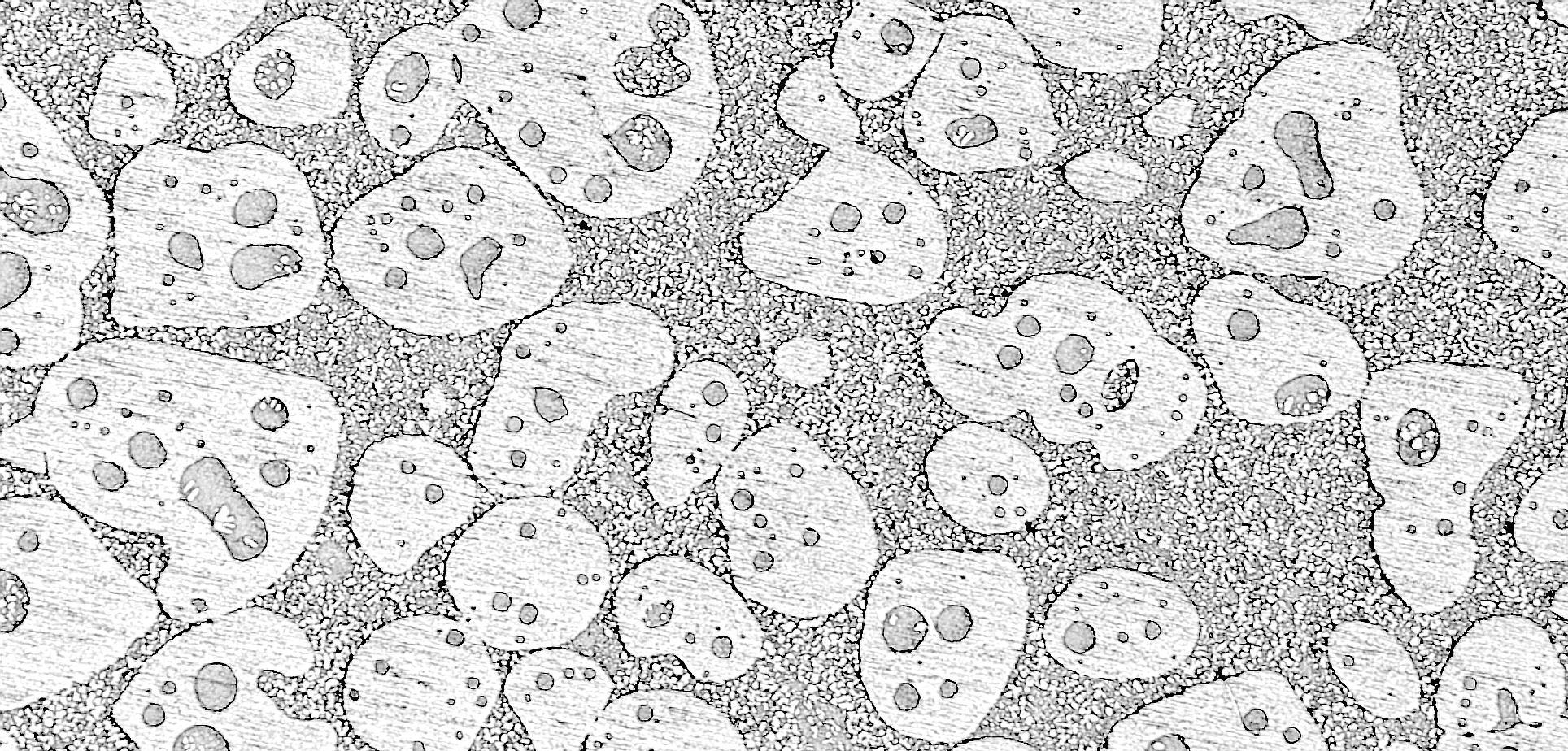
1 minute read
Heat treatment of a Beta-Ti21S alloy produced by additive manufacturing
L. Emanuelli, V. Tonon, M. Pellizzari, G. Valsecchi, C. Lora
Metastable β -Ti alloys are a class of heat-treatable materials increasing research interest nowadays. Their mechanical properties make them very suitable for high-end applications, such as racing and aerospace. In this study, the heat treatment behaviour of β -21S (Timetal 21S) fabricated by laser powder bed fusion (L-PBF) was investigated, to evaluate its influence on microstructure and mechanical properties. Solution heat treatment (SHT) at 930 °C x for 30 min allowed an equiaxed microstructure with no massive grain coarsening. Artificial ageing (AA) at 590 °C x 8h following SHT resulted in higher strength, compared to that achieved by direct ageing, and in α precipitation shifted to higher temperatures with a triangular arrangement. The suitability of two different direct ageing treatments, namely AA (590°C for 8h), and double ageing (DA) at 690°C for 8h plus 650°C for 8h, could be confirmed for the AM alloy. Both treatments provided strength values comparable to literature findings but also in an incredibly high elongation at break. AA provided a yield strength of about 1200 MPa and preserved the elongation at break of the as-built material (21%). On the other hand, the outstanding fracture elongation after DA (34%) led to a slightly lower strength (970 MPa). On the other hand, SHT+AA resulted in a higher strength (1286MPa) but also in very limited ductility (7%) due to the grain boundary precipitation of alpha phase.
KEYWORDS: METASTABLE BETA TITANIUM ALLOYS, TI-21S, HEAT TREATMENTS , LASER POWDER BED FUSION, ADDITIVE MANUFACTURING
Introduction
Titanium alloys, based on Ti with addition of elements such us Al, V, Fe and Mo, are of good interest in aerospace, automotive, military, medical, sporting and other applications where low-density (around 4.51 g/cm3) with high strength and high corrosion resistance are of primary importance [1,2]. In addition, their excellent biocompatibility and low elastic modulus compared with the other metallic biomaterials make them the far most used material in the orthodontic and orthopedic fields [3–5]. Titanium alloys are divided in three different classes, α , α + β , and β phase with further subdivision into near α and metastable β alloys depending on the alloying elements used to stabilize the two allotropic phases of Ti, namely hexagonal close-packed (hcp) α -phase and the body-centered cubic (bcc) β -phase. Indeed, alloying elements could be divided into α -stabilizers, namely Al, O, N and C, which extend the α field to higher temperatures








